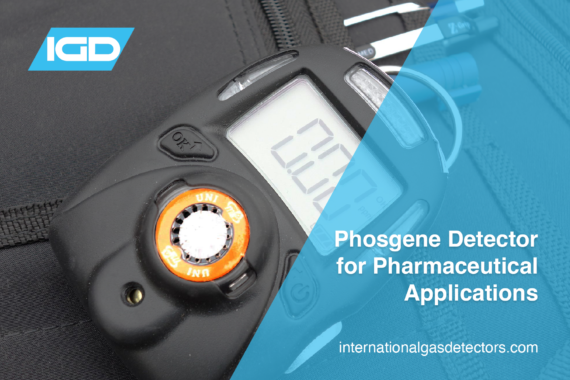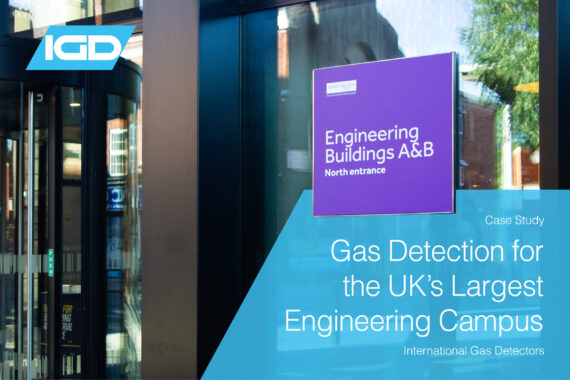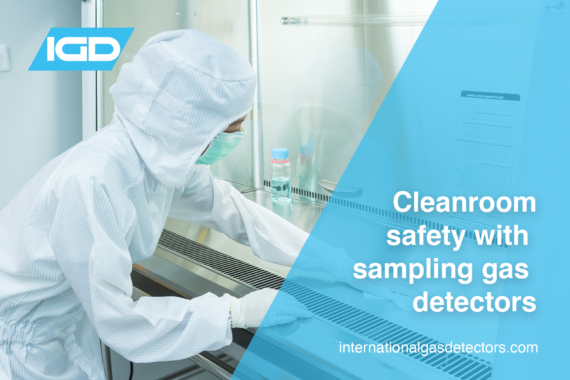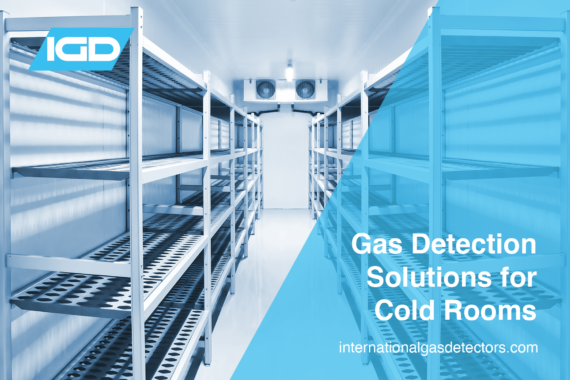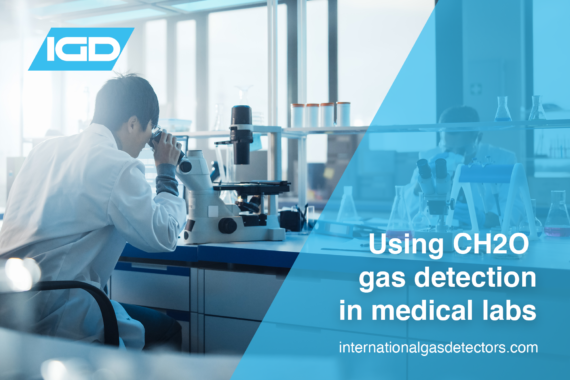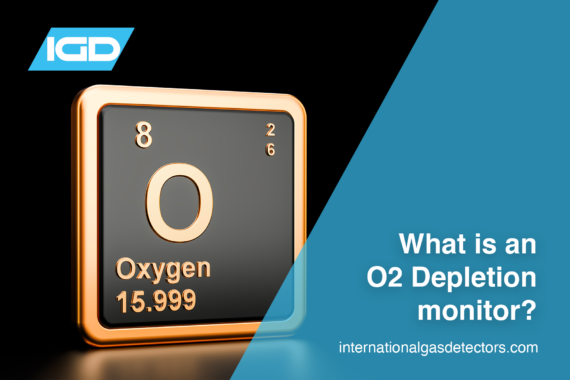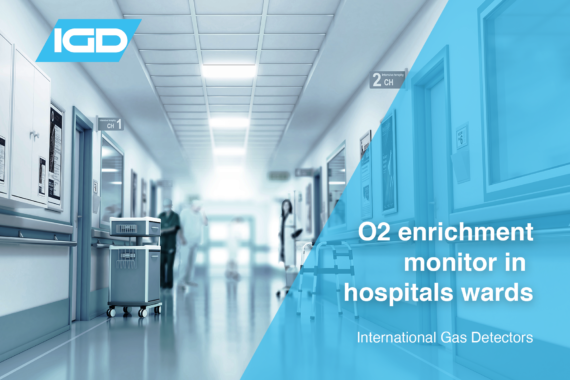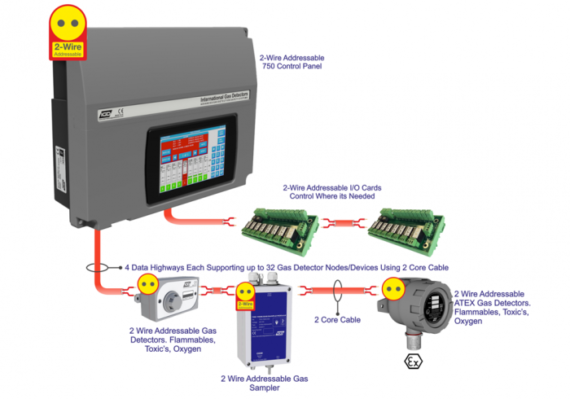IGD recently supplied Phosgene detectors to a pharmaceutical company in the UK, helping them in mitigating their Phosgene gas hazards. Our effective Phosgene Detector provided the client with everything they needed and ended up being a detectably better for their application. Read this case study to find out more about this unique gas hazard for pharmaceutical applications.
The UK’s Largest Engineering Campus Benefits from IGD’s Gas Detection Systems
International Gas Detectors (IGD) recently completed a large gas detection project in partnership with Medical Pipelines Services Ltd. The Manchester Engineering Campus Development, for the University of Manchester, is the UK’s largest engineering campus with over three hundred (300+) IGD TOC-750 addressable gas detectors protecting staff and students 24/7. Read our case study to learn more on how we helped University of Manchester protect staff and students 24/7 from gas leaks.
Maintaining Cleanroom Safety with Sampling Gas Detectors
Cleanrooms are enclosed facilities specially designed to control levels of airborne contamination. Depending on the particle concentration (per m3), clean rooms are categorized into nine ISO classes. Class 1 being the purest and containing only 12 particles per cubic meter. By contrast, the particulate concentration of ambient air is around 35 million particles per cubic meter. Sampling gas detectors are used to monitor for safety cleanroom environments in scientific research and manufacturing industries.
Read our article to learn more.
Gas Detection Solutions for Cold Room Applications
Cold room units (or walk-in freezers) are an integral part of the food and beverage processing industries. Typical refrigerant gases include carbon dioxide, ammonia, and hydrocarbons such as propane, isobutane and propylene. Older cold storage solutions still use freon gases such as R134a. Thus, a versatile range of gas detection solutions are required for cold storage applications.
Read our article to learn more.
Using Formaldehyde Gas Detectors in Medical Labs
Formaldehyde (CH2O) is a fairly simple chemical compound that is naturally produced in low volumes through regular cellular metabolism. It is best known for its profound anti-bacterial characteristics hence its long-standing application as one of the main preservatives used in mortuaries. However, formaldehyde solutions—where the gas is mixed with an aqueous mobile phase—are extremely valuable to a wide range of medical research areas. They are routinely used to deactivate viruses for vaccine manufacturing, for instance.
Our article discusses the toxic hazards of formaldehyde and our formaldehyde gas detector solutions.
Oxygen Detectors: What is an O2 Depletion Monitor?
Oxygen (O2) depletion monitors are devices capable of measuring the ambient concentration of atmospheric oxygen and signalling when Ievels have fallen. This can enable action to be taken before an evacuation is required and levels become dangerous. In addition to oxygen depletion, problems arise when oxygen levels are too high. This oxygen “enrichment” (levels above 23%) can be dangerous; increasing the chances of combustion and the intensity of fires. In summary, oxygen detectors can signal all dangerous levels of oxygen and are important instruments for a range of applications.
Oxygen Enrichment Monitor in Hospital Wards
What is the importance of using an oxygen enrichment monitor in hospital wards? With the current pandemic of COVID-19 affecting nearly every country in the world, health officials are releasing daily
New Advancements In Gas Detection Technology
IGD launches its new Advanced 2-Wire gas detection Technology. Devices are networked using 2 core cable offering major benefits to specifiers, installers and end users. 2 Core cable minimises install

